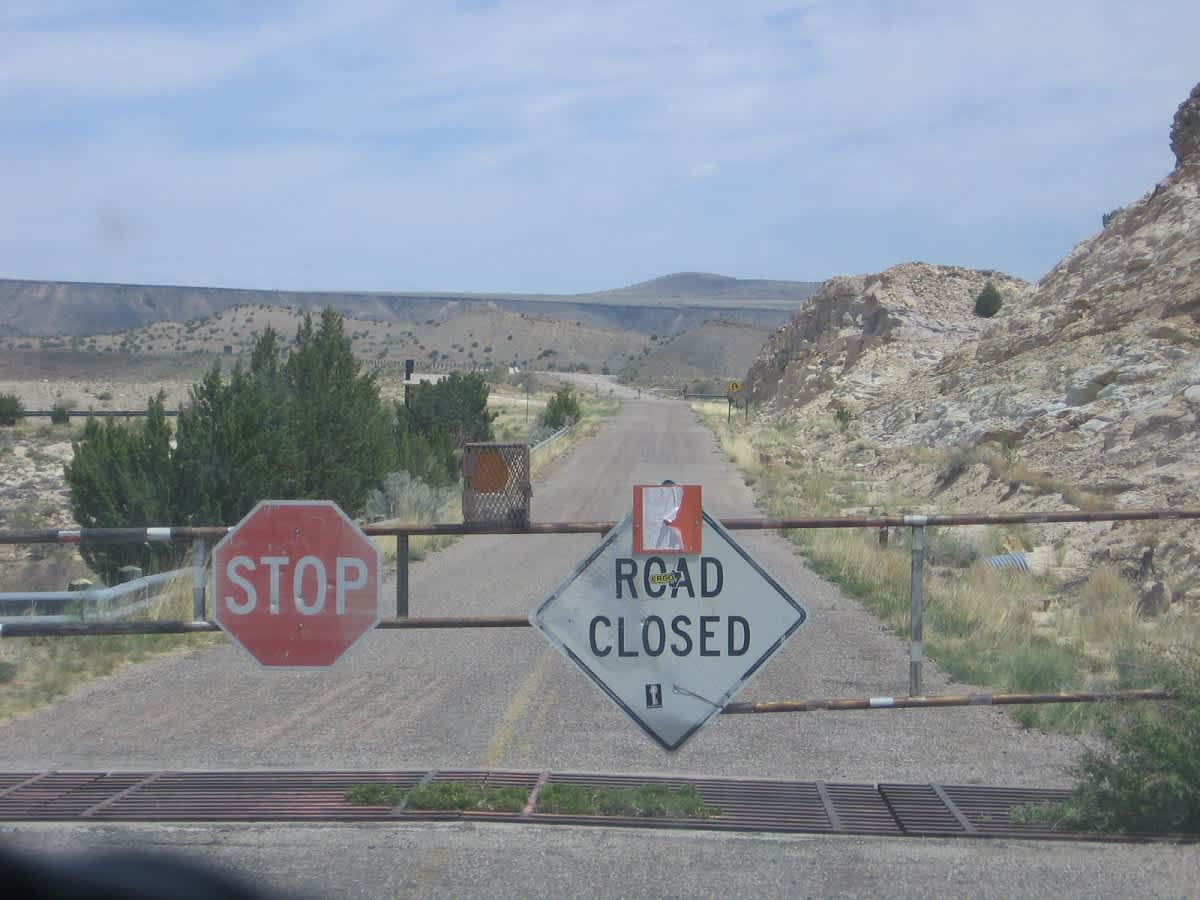What Do Federal Budget Cuts Mean for Outdoor Recreation?
James Swan 05.14.14

You’ve probably read news articles about federal budget cuts for outdoor recreation and conservation. However, the true effects of those cuts don’t sink in until you drive up to a place where you want to go fishing or take the family for a picnic and find the gate’s closed.
In the federal budget “Conservation Funding” is defined as covering “Natural Resources and Environment.” That includes operating money for agencies like the Bureau of Land Management and the US Fish and Wildlife Service, and for the programs these agencies administer.
In 1977, Conservation Funding was close to 2.75 percent of the government’s total budget. In 2013, it’s estimated that all federal spending for domestic land, water, ocean, fish, and wildlife programs constituted only 1.02 percent of the budget, and it will continue to decline in the future unless the process is reversed.
Scanning the Internet for more information on this is like a chasing quail through a swamp. It turns out that some agencies are getting more money overall, but others are getting less, and certain critical areas are getting a lot less funding. That there are budget cuts for outdoor recreation-related agencies is surprising, as outdoor recreation is growing. According to an Outdoor Industry Association report, more than 140 million Americans engage in outdoor activities each year, delivering $646 billion to the economy and supporting 6.1 million domestic jobs. This is more than the pharmaceutical industry ($331 billion), gasoline and other fuels ($354 billion), and motor vehicles and parts ($40 billion).
Overall, about 45 percent of the US population participates in outdoor recreation, up from a decade or two ago, but that percentage is down from 40 to 50 years ago. However, the numbers appear to be increasing. Three million more people participated in outdoor recreation for the first time last year.
The Theodore Roosevelt Conservation Partnership points to the Land and Water Conservation Fund (LWCF) as one of the worst problem areas. Each year Congress is authorized to deposit $900 million in the LWCF account of the federal treasury. However, over the years more than $17 billion of LWCF funds has been diverted by Congress into the general revenue stream (note that the president’s budget called for no cuts in the LWCF this year).
The Forest Service is getting more money in general, but it still must tighten its belt to fight fires. The Forest Service’s $2 billion-a-year firefighting budget that is the bulk of the federal effort, has been reduced by five percent, a cut that results in 500 fewer firefighters and 50 fewer fire engines than last year. The Interior Department’s $37.5 million reduction has meant 100 fewer seasonal firefighter positions and other lost jobs as well.
The biggest cut for the US Forest Service is for its law enforcement arm, for which funding is down 15 percent.
The 2015 budget request for the Army Corps of Engineers is approximately $4.5 billion. This is less than what was requested in previous budgets, and almost 20 percent less than what was appropriated by Congress for 2014.
The National Park Service’s operating budget has been cut by more than seven percent, or $180 million, compared to four years ago. Despite the fact that 280 million Americans visited the National Parks last year, during the 2013 summer tourist season, national parks operated with approximately 1,900 fewer staff.
There are some bright spots, however. In January, Congress passed a comprehensive Omnibus Appropriations Bill for the remainder of this fiscal year, marking a significant step toward returning to a stable budget. The USFWS National Wildlife Refuge System received a four percent increase in funding, bringing the total amount up from $454 million to $472 million. Additionally, the 2014 Farm Bill will provide up to $386 million to help farmers restore wetlands, protect working agriculture lands, support outdoor recreation activities, and boost the economy.
However, according to National Sustainable Agriculture Program, the Conservation Reserve Program (the largest working lands conservation program) and the Conservation Stewardship Program (the major land retirement program) will be cut over the coming years to 24 million acres total, down over 2 million from current levels. That change is estimated to save $3.3 billion over the coming decade. The Conservation Stewardship Program will be cut immediately to 10 million new acres per year, reducing the program by 28 million acres.
The bottom line is that to fully understand what’s going on, you have to do some digging. But considering the nationwide trend toward greater participation in outdoor recreation, there should be increases in funding for all conservation agencies.

